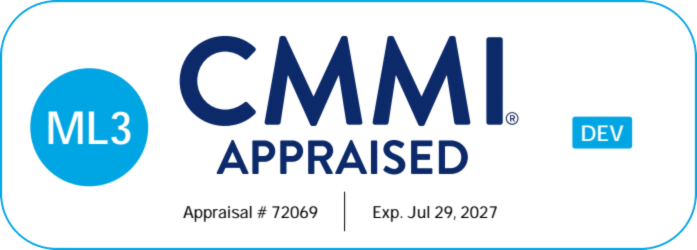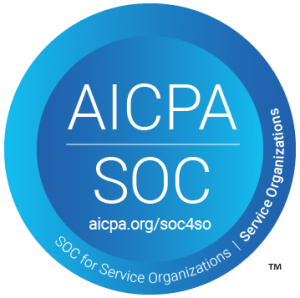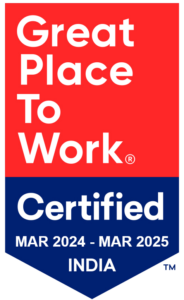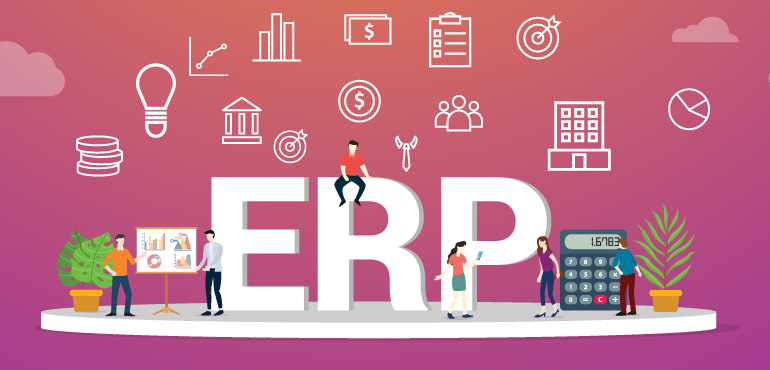
The Next Generation ERP System Unlock Excellence with No-Code Automation
Reading Time: 6 minutesDoes the ERP in your Organization have what it truly needs? The ERP system, used in companies of all sizes worldwide, has been given a death sentence since the early 90s. It had been foretold to become soon outdated, useless, and replaced. However, until now, there are still a huge number of organizations that are

Top No-Code Communities to Unlock in 2025
Reading Time: 6 minutesNo-code development is no longer far-fetched. It’s the present and everywhere- buzzing and growing with its unbeatable features. No-code apps are booming and have transformed the industry with their ability to solve software hassles within minutes without any coding knowledge! No-code’s simplicity in mechanics such as drag-and-drop and choosing from the given options to build

15 Critical Questions CIOs Must Ask Low-Code/No-Code Vendors
Reading Time: 6 minutesWe want everything to go today – including enterprise-grade applications! So, what are the Questions CIOs must ask? But before that, let us talk about modern work style. Everything from work styles to the way we look at applications has changed drastically in the recent past. We now want everything to be integrated quickly so

Digital Process Automation – The Secret Weapon for Business Growth
Reading Time: 14 minutesThe tech world is full of new advancements and jargon. Often, it is hard to keep track of them. It is also very easy to confuse between two or more terms because they all seem alike. Digital Process Automation (DPA) has been a victim of this confusion. It is an important aspect of digital transformation

12 Expert Tips for Successfully Govern Citizen Development in Your Organization
Reading Time: 8 minutesCitizen development has suddenly become a common term, with many individuals and companies throwing it around in casual speech. This has led to a fair amount of confusion and misconception. In fact, in many instances, shadow IT and citizen development is being superimposed. Before we speak about how to implement and govern citizen development, thus,

Low-Code No-Code App Development : Top 10 Reasons Why IT Department Should Embrace Now
Reading Time: 7 minutesLow-Code No-Code App Development is on the fast track to becoming the norm. Large and small organizations have started embracing digital transformation thanks to the many benefits it shows to everyone involved. What is Low-Code No-Code App Development? No-code/low-code app development is used to streamline creative software applications without using code. This helps citizen developers

What is Low Code No Code? The Ultimate 101 Guide for Enterprise
Reading Time: 15 minutesLet me ask you this – when you think about building software for your enterprise, what’s the first thing that comes to mind? More developers. More resources. More code. Right? However, the truth is that applications are being built by teams with fewer developers, less code, and in many cases, no code at all. Sounds impossible? You’re

Shocking Myths about Low-Code No-Code Platforms: Truths Unveiled
Reading Time: 8 minutesOrganizations across industry verticals are trying to expedite their digital transformation efforts and evaluating tools to help them in this endeavor. Low-code, no-code platforms are at the top of their list. They are in the spotlight due to multiple reasons, including a lack of skilled software developers and the need to improve turnaround time for
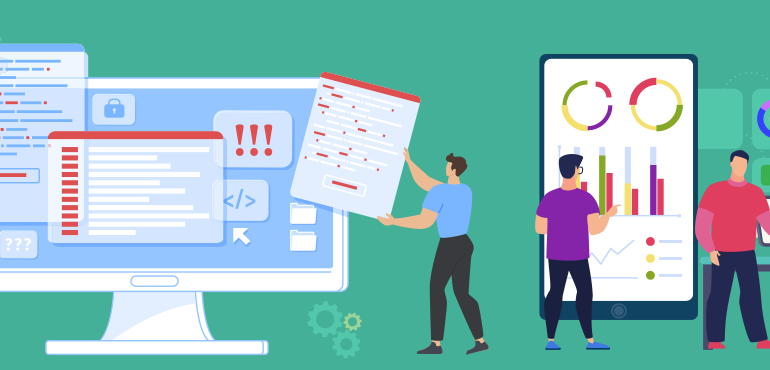
A Comprehensive Glossary of Digital Transformation Terms
Reading Time: 16 minutesIf you have run a few searches in the realm of digital transformation, there is a high chance you have stumbled across many terms you are unfamiliar with. It is often confusing to start without context and a brief understanding of the terms surrounding the latest digital transformation tools and technology. So we decided to

The Future of Software is No-Code and Low-Code Programming
Reading Time: 6 minutesIt’s getting easier, you guys! In a few years from now, we are going to look back to the “good old days” with nostalgia and remember how we had to depend on a professional coder for the simplest of app developments. Thank you, no-code programming! According to Research and Markets, the low-code no-code market is






